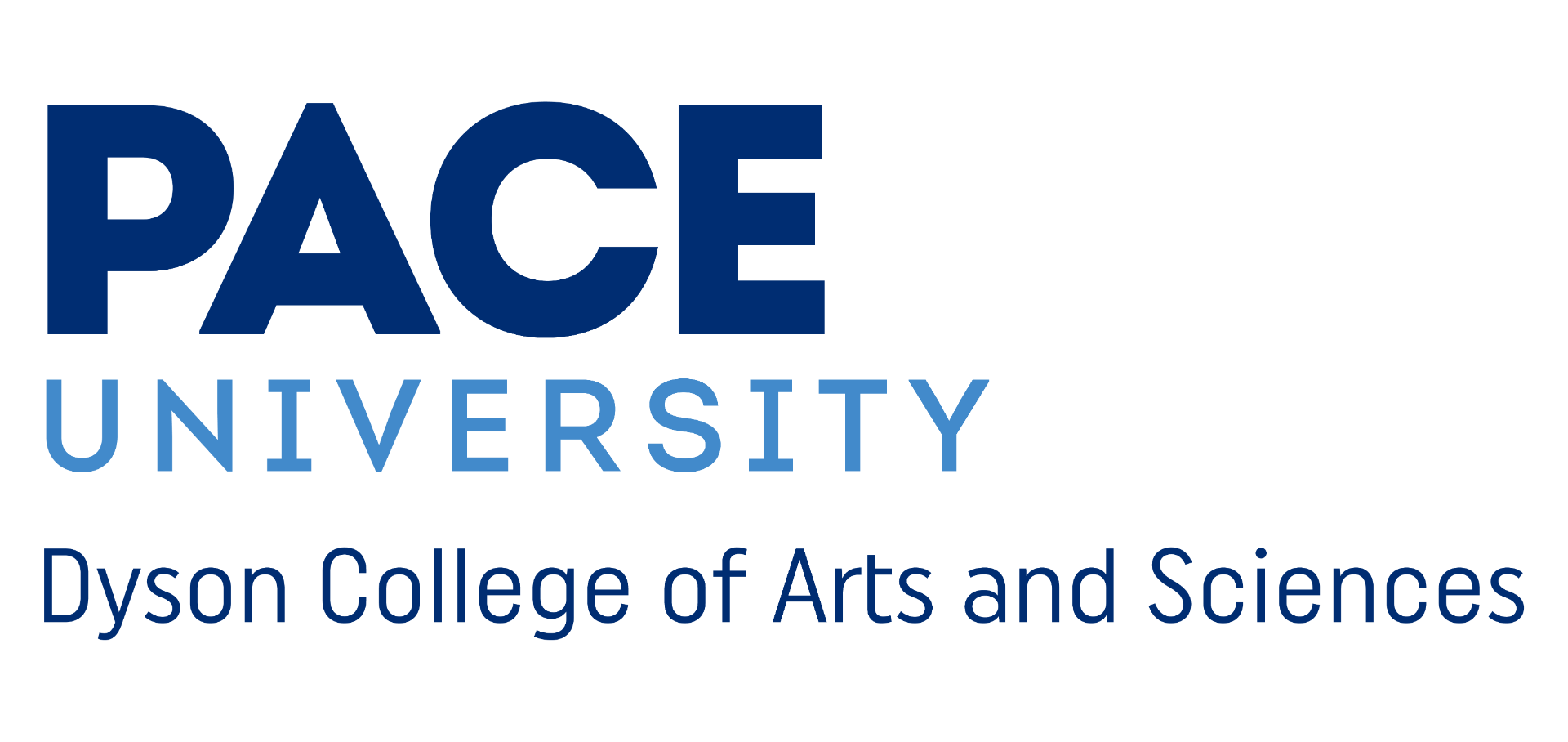The Azores crew woke up early on March 22nd to a bright, sunny day! We packed our last pieces, checked our equipment, and headed to Lajes Airport, about 20 minutes from our hotel in Angra do Heroísmo.

On the way, we took in our final views of the green grass, farms, cows, and glistening ocean. Previously, we flew on a propeller plane from Ponta Delgada to Angra, but this time, for the longer flight, we took a regular plane. The airport was small and slow, and our tickets caused confusion, but we did see a fluffy cat!
We landed in Lisbon at 5 pm, expecting to rush to our next flight, but instead, we learned it was delayed from 6:40 to 9 pm and later pushed to 9:30. This meant arriving in Newark at 2 am instead of 11:30 pm. To pass time, we explored the airport, ate familiar foods like McDonald’s and KFC (some had sardines), browsed bookstores, and played Pokémon Go.
After getting a Lisbon passport stamp, we found our gate had changed. We waited on the airport floor when we should have been having an in-flight meal and passed time with personality quizzes. Once at the gate, boarding was delayed again for wheelchair passengers. At 10 pm, we finally took our seats.

Onboard, we saw an interview with Evandro Menese, a musician we had interviewed, and panicked when the flight crew took Professor Guarneri away, but it was just a seat change. We finally took off at 10:30, four hours late.

Lisbon’s night view was stunning, and the 7.5-hour flight passed quickly. We were given pasta or chili, both decent. Most passengers slept, and an hour and a half before landing, we got our fifth tuna sandwich of the week. Seeing Boston, Springfield, and NYC in the dark was breathtaking.
After landing, we went through customs and waited 15 minutes for baggage. Delirious, we bet on how many wheels Professor Guarneri’s luggage had left after a previous mishap. We got home between 3 and 5 am, exhausted but fulfilled. The trip never felt like work; it was an incredible challenge and learning experience.
March 25th, our first class back; we jumped into our paper edit, sorting sound bites, ideas, and B-roll into the three-act structure. We debated placements while two students worked hard translating Portuguese interviews. Quality control involved multiple rounds of checks to ensure accuracy.

Before editing in Adobe, all interviews had to be transcribed. This is vital to the process, even if it’s not a direct editing feature. We split into groups, each responsible for editing an act. As Dr. Luskay put it, “This is no longer a Tuesday class.” Now, it’s up to us to dedicate the time to piece the documentary together. Don’t forget to catch the premiere on May 5th at Jacob Burns Theater in Pleasantville!

